Hey it's Leïla! This time I thought it was interesting to explain to you the real differences between all these plastics, PET, PU, RPET, what do they mean and what's their usual function. You often hear plastic is bad, but so much of it is already there so why not find ways to recycle it and use it?
With this article, learn which kind of plastic you should ban from your consuming behaviour because they're not recyclable or use a lot of chemicals and in which you should actually take interest. Enjoy the read!
In the realm of corporate gifts and merchandise, the choice of materials matters greatly—not just for quality, but for sustainability. At INKOO, we are dedicated to making informed choices that not only delight our clients but also protect our planet. Here’s a detailed breakdown of common plastics and their environmental impact:
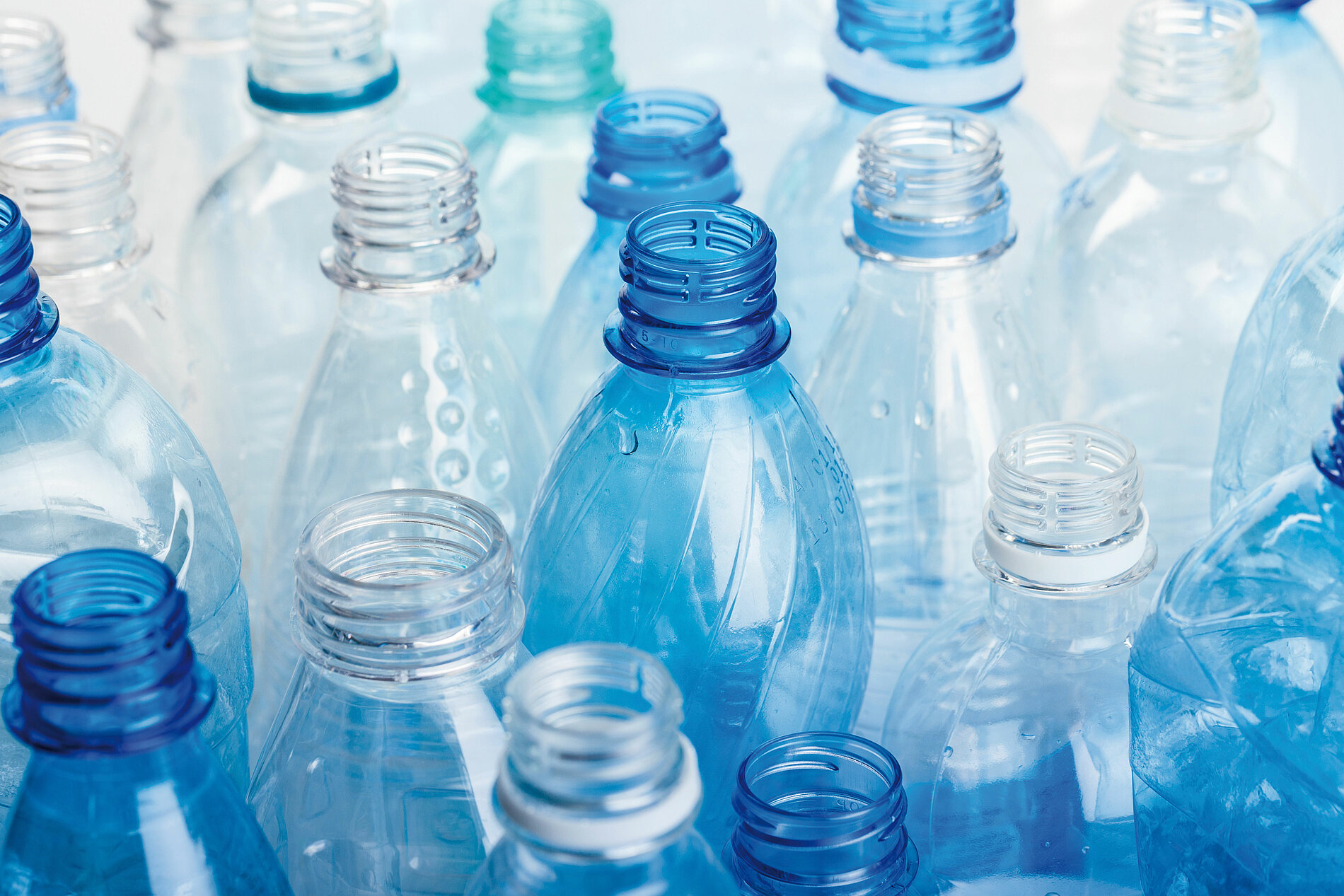
PET (Polyethylene Terephthalate)
Uses: PET is widely used in beverage bottles and packaging due to its strength, lightweight nature, and clarity. It's the most common thermoplastic polymer resin of the polyester family.
Sustainability: PET is fully recyclable and can be turned into new bottles or polyester fibers for textiles. However, its production is energy-intensive and relies on non-renewable petroleum resources. While recycling PET reduces waste, the process still involves substantial energy consumption and potential emissions.
RPET (Recycled Polyethylene Terephthalate)
Uses: RPET is made by recycling PET products, transforming them into new bottles, containers, or textiles. It’s increasingly popular in the fashion industry for making fabrics and in packaging.
Sustainability: RPET uses significantly less energy and produces fewer carbon emissions compared to virgin PET. By reusing existing plastic, RPET supports a circular economy and helps reduce the environmental footprint of plastic production. At INKOO, RPET is a cornerstone of our sustainability efforts, showcasing our commitment to eco-friendly practices.
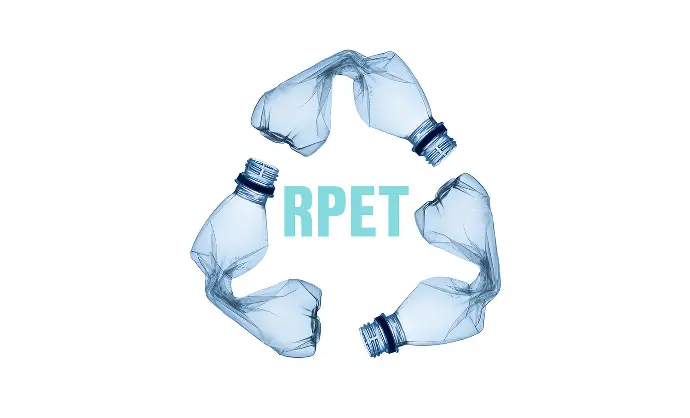
HDPE (High-Density Polyethylene)
Uses: HDPE is commonly found in products like milk jugs, detergent bottles, and plastic lumber. It’s valued for its high strength-to-density ratio, making it ideal for heavy-duty containers and pipes.
Sustainability: HDPE is highly recyclable, and recycling it can help reduce plastic waste significantly. Its strength and durability mean that products made from HDPE last longer and need less frequent replacement, further reducing environmental impact.
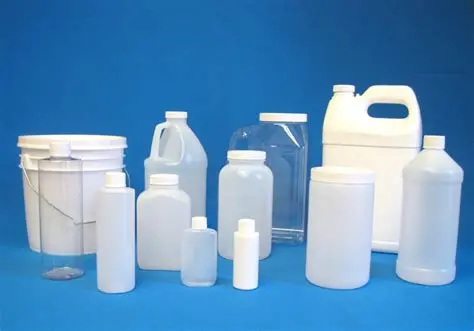
PU (Polyurethane)
Uses: PU is extremely versatile and is used in applications ranging from textiles and foams to coatings and adhesives. It’s found in products like flexible foam seating, rigid foam insulation panels, and microcellular foam seals and gaskets.
Sustainability: Traditional PU is less sustainable due to the chemical processes involved in its production, which can be harmful to the environment. However, water-based and solvent-free PUs are more eco-friendly alternatives that are being explored. These alternatives reduce the release of volatile organic compounds (VOCs) during production and application, making them a better choice for the environment.
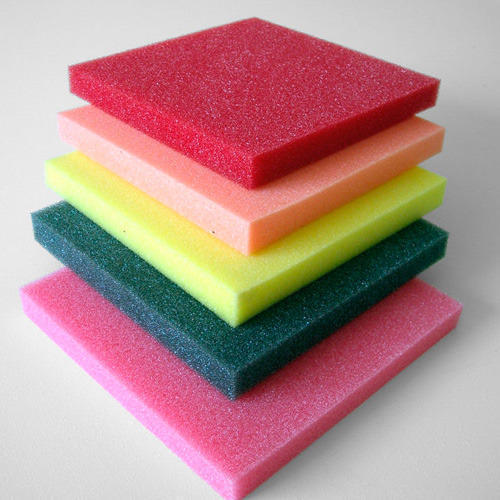
PVC (Polyvinyl Chloride)
Uses: PVC is used in a wide range of products, including plumbing pipes, electrical cable insulation, flooring, and clothing. Its durability and versatility make it a popular material in construction and consumer goods.
Sustainability: PVC contains harmful chemicals, including chlorine and phthalates, which can leach into the environment. It is also difficult to recycle, making it one of the less favorable options from an environmental standpoint. The production and disposal of PVC can release toxic substances that are detrimental to both human health and the environment.
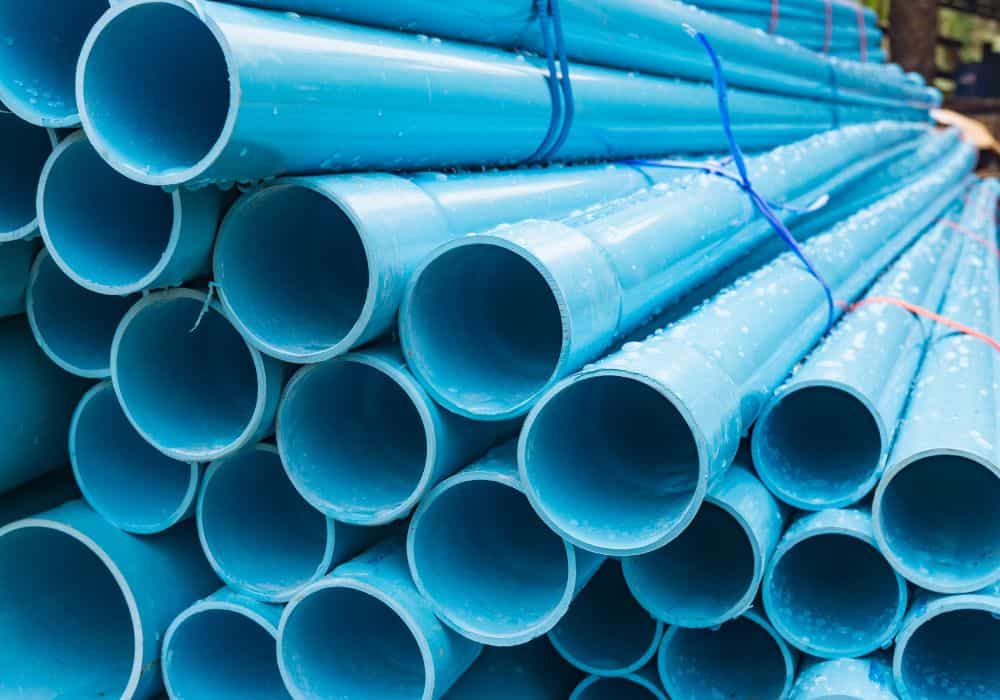
🏆 Most Sustainable Choice
Based on recyclability and reduced impact on production, RPET and HDPE stand out as the more sustainable options. They support our mission to reduce waste and minimize resource depletion. RPET’s contribution to the circular economy and HDPE’s recyclability and durability make them top choices for sustainable plastic use.
At INKOO, we carefully select materials that align with our core values of sustainability, local production, and ethical practices. Our choices reflect our dedication to not only meet but exceed the ecological standards expected by our clients and ourselves. By prioritizing sustainable materials like RPET and HDPE, we are committed to reducing our environmental footprint and supporting a healthier planet.
Join us in embracing sustainable materials for a greener future!
#Sustainability #Plastics #INKOO #CorporateGifts #EcoFriendlyMaterials #Explore #Insights #SmallBusiness #MeetTheMaterials
If this article interested you, feel free to browse our blog for more informations about materials. Here is a link to read 'Navigating the waves of change : Recycled polyester in customizable clothing which explains a bit more in depth RPET in clothing.
And thank you for reading me until the end!


